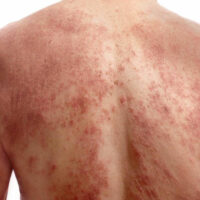
Different Treatment Options for Spinal Stenosis
Spinal stenosis is narrowing of the spinal canal. It occurs because there is a growth of bone, tissue or both in the openings. Due to this growth, the open spaces between the vertebrae start to get smaller, which creates tightness in the vertebrae as it begins to pinch the spinal cord and the nerves around it. This causes pain, tingling, or numbness in legs, arms or torso. Spinal stenosis usually occurs in adults who are 50 and older. The leading cause of spinal stenosis is arthritis, which is a condition caused by a breakdown of cartilage, which is a cushion-like material that is situated between bones. Other causes include: Paget’s disease – This condition causes bones to grow abnormally large and brittle. It eventually results in narrowing of spinal canal and causes nerve problems. Injuries – An accident may fracture the spine and cause inflammation of spine which can lead to spinal stenosis. Tumors – A malignant or benign tumorous growth near the spinal cord can narrow the spinal canal and cause spinal stenosis. Herniated discs – Hernia causes the cushions to crack. The material from the cushion thus seeps out and presses against spinal cords and nerves around it, causing pain in the area.
Read More 







